About the same time Fred Kern was making this photo at Altoona, John Habak and I, growing up in Wheeling, W.Va., were trying our best to become accredited Pennsy fans. This wasn’t easy, because the PRR’s presence in our B&O-dominated town was a sparse network of invariably vacant trackage. We didn’t yet realize that it came alive after sundown with the nocturnal wanderings of Ohio-based Baldwin and Lima center-cab transfer diesels. We kept our interest alive with occasional glimpses of Baldwin yard switchers, a monthly copy of Railroad magazine from the 29th Street Newsstand, and all the rumor-based information we could gather.
The most intriguing rumor was about the Sharknoses. Not your normal Sharknoses, those with four axles and about the size of an F7, but without the blunt EMD noses. We knew about those—the B&O operated some, and I regularly saw them passing my junior high school on the line to Pittsburgh. John operated Mantua’s HO-gauge version in his basement. According to the rumor, though, PRR had some custom-built Sharknoses: big, elongated six-axle passenger versions that maybe had been re-assigned to freight service owing to cutbacks in passenger operations.
John and I didn’t know if the big Sharknoses really existed, but we figured if they did, they weren’t likely to appear in Wheeling. So our New Year’s resolution for 1961 was to track down one of them. That task fell to me, since my family vacationed in north-central Pennsylvania each summer, and a short detour on the way would take us through Altoona. John and I didn’t know much about the Pennsy, but we were aware that in Altoona, the keystone-emblazoned locomotive population was measured in acres, not in units. If the big Sharks did exist, Altoona would be the place to find them.
Suffice it to say that we made our detour that summer, and my first stop after returning to Wheeling was John’s house. I told him that the rumors were true, and that our Sharknoses were as impressive as we had imagined. I had seen two of them, 9456 and 9459, in Altoona, complete with pointed noses and six-wheel trucks.
I suppose we remember what we want to remember. My mind still has the clearest picture of those summer Sharknoses, sitting unobscured right by a public highway. It was as if they had been placed there just for me, and vicariously John, to see. What I don’t remember is the exact point in time later when I learned that they hadn’t really been Sharknoses. They hadn’t even been Baldwins. Of course, big Pennsy Sharknoses did exist: 18 A units and 9 B units built in 1948 for passenger service, 8 of which (4 A’s and 4 B’s) had been regeared for freight duty and de-rated from 2000 h.p. to 1600 h.p. in 1952-53.
The locomotives I saw that summer, and the ones Fred Kern had photographed the previous winter, were members of Pennsy’s 48-unit fleet (36 cabs, 12 boosters) of Fairbanks-Morse Erie-builts. The Eries were contemporaries of the big Sharks, having been built in 1947-48, and neither type was particularly successful on the PRR. All of the Sharks and 12 of the Eries had started out on passenger trains, but the eight de-rated Sharks and all of the Erie-builts ended up in secondary freight service.
More significant in the context of my summer visit to Altoona was their similarity in appearance. Both models had similar six-wheel trucks and were much longer than most freight units, 80 feet for the Shark A units and almost 65 feet for the Erie-builts, and their noses both were more pointed than those on Alcos and EMD’s. Had I seen the two types together, I’m sure I could have distinguished between them. And as a 14-year-old who had come to Altoona with expectations solidified by six months of anticipation, perhaps I can be forgiven for having mistaken one model for the other.
It’s been 44 years since that summer day in Altoona, and a lot has changed. John is still in Wheeling, but he has raised a family and his Sharknoses were reported as stored serviceable in a box in the attic. I live 200 miles away and am subsisting on a diet of CSX second- and third-generation EMD’s and GE’s.
Train-watching has changed a lot, too. Railfans are deep into the “Information Age,” with data everywhere. If I’m interested in motive power, I can choose from a myriad of publication subjects: locomotives on a particular railroad, locomotives from a specific builder, locomotives in a certain geographic region. Computerized rosters are readily available, and updates on operational assignments were being disseminated rapidly by railroaders and fans even before the Internet came into being. These days, it’s pretty difficult not to know what’s going on.
There are times when I think we’ve eliminated too much uncertainty, and perhaps have wiped out serendipity. Without uncertainty or serendipity, chasing trains may still be a challenge, but I’m not sure it can be much of an adventure. Still, I’ll admit that I wouldn’t turn back the clock. I’m too conditioned to knowing what railroad is operating which locomotives and where they can be found.
But you know, the older I get, the more I miss that 14-year-old boy who wanted nothing more that summer than to go chasing off after some diesels that he wasn’t sure even existed. He was a lot more fun than I am today, and I never thought any less of him because he couldn’t tell a Fairbanks-Morse from a Baldwin.
First published in Fall 2005 Classic Trains magazine.





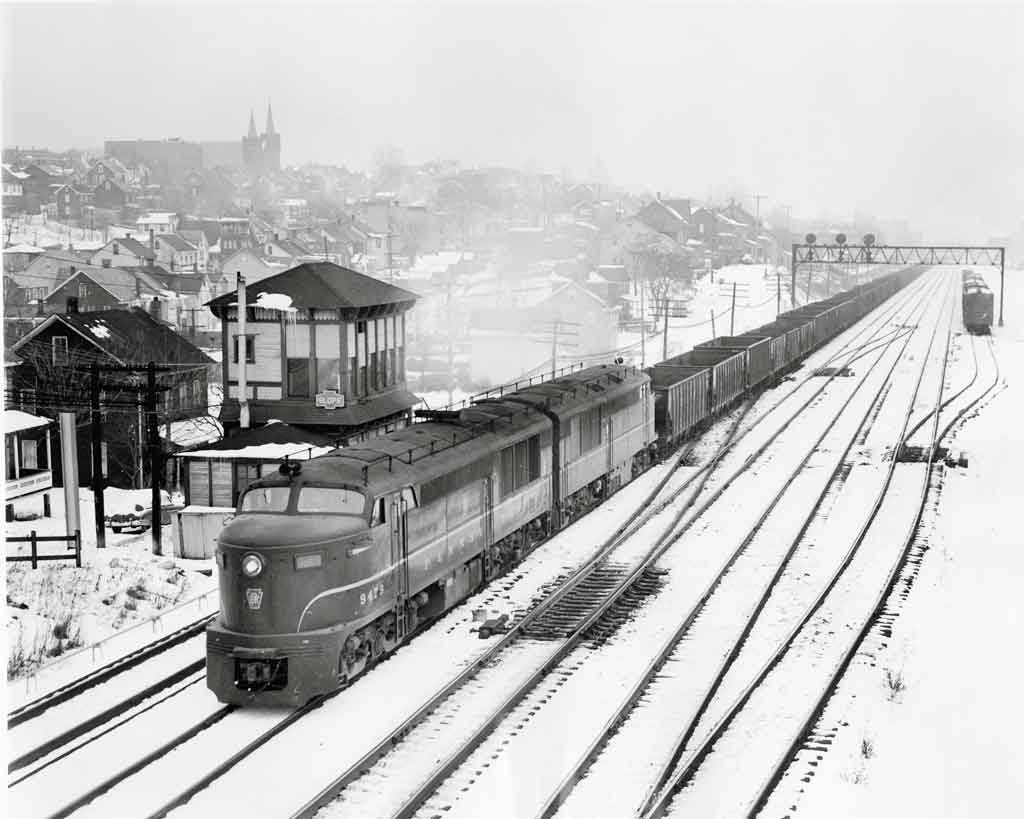

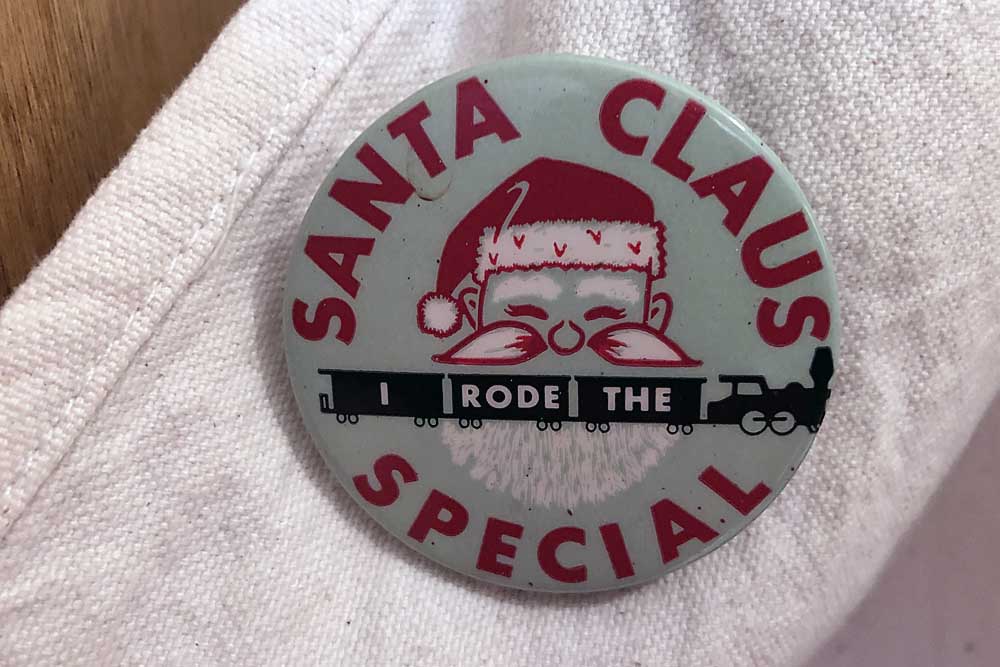
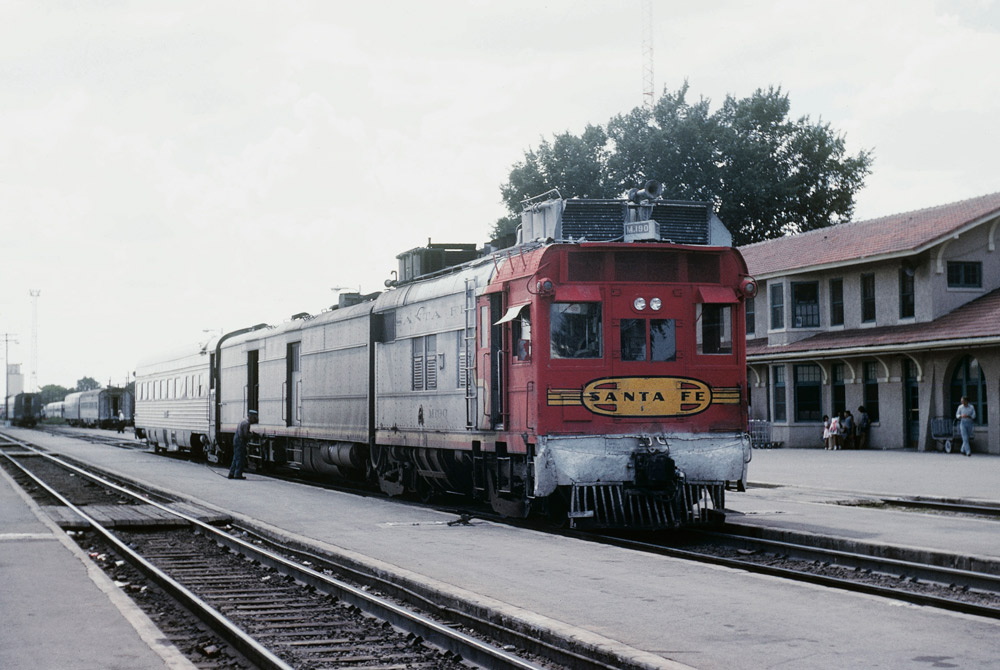
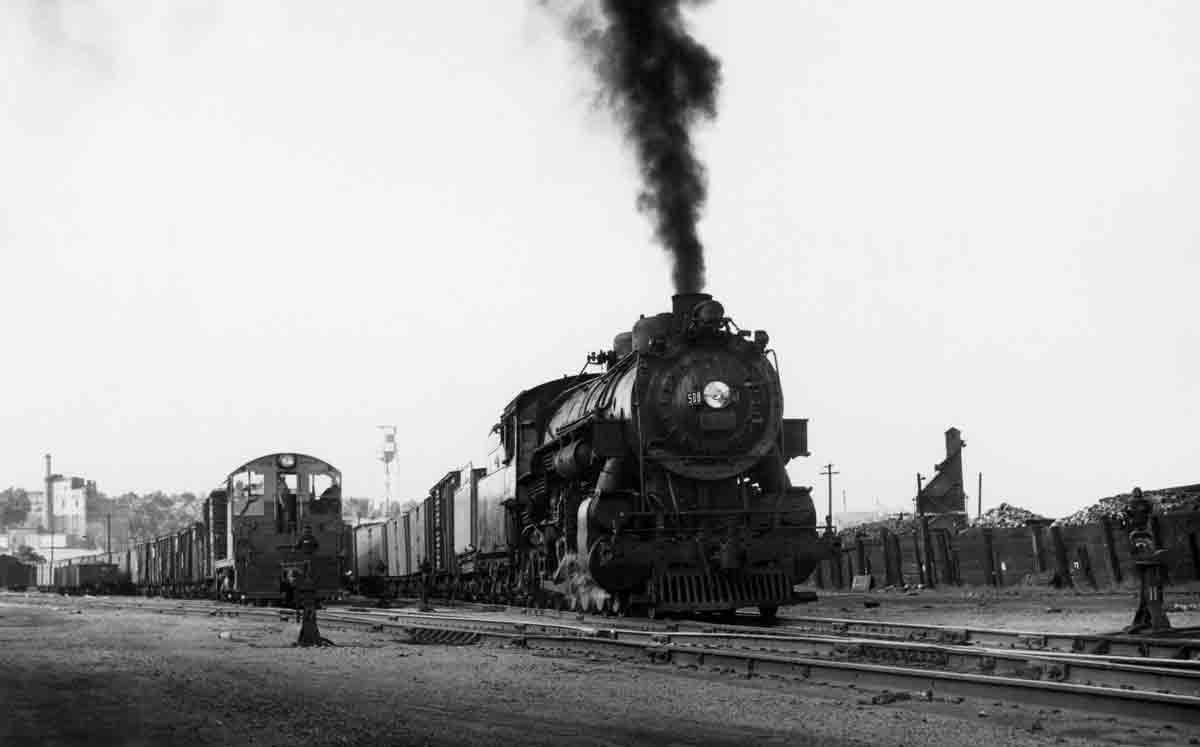
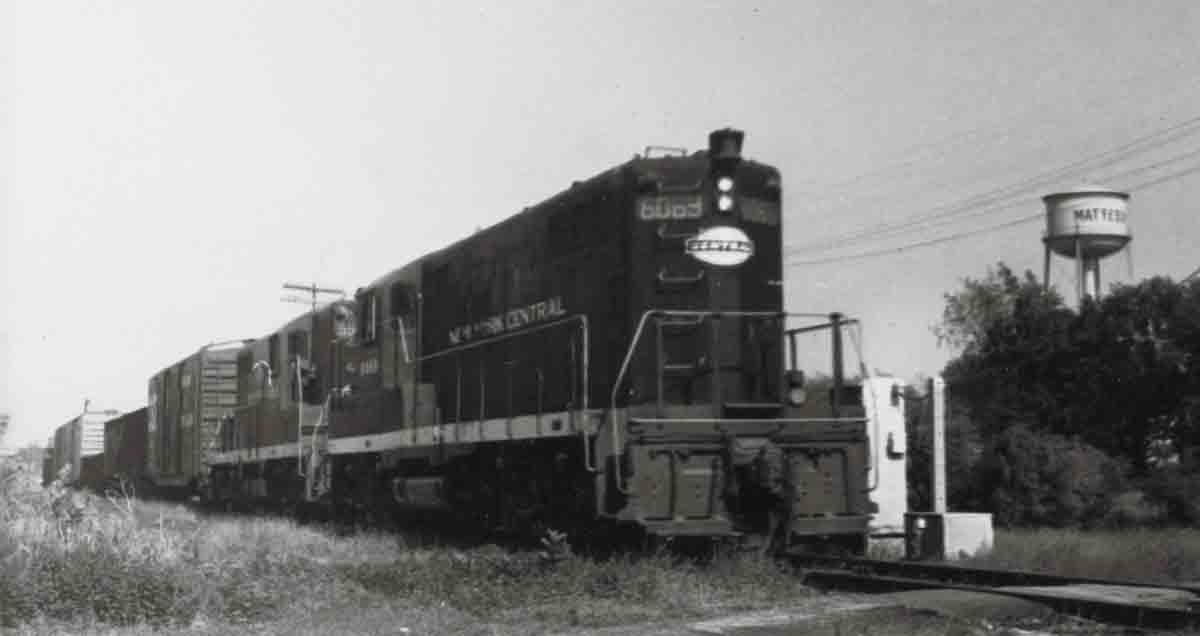




At 88+ I miss the 15 and 16-year-ld boy that hitched rides on South Brooklyn freight trains. But it would be a lot worse without this website.